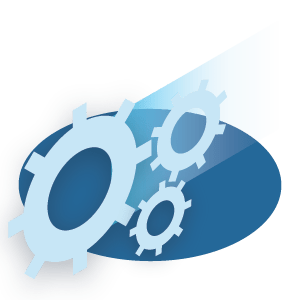Cybersecurity Reference > Glossary
What is an example of DLP?
Plurilock AI DLP, Symantec DLP, Forcepoint DLP, and Netskope DLP are examples of DLP platforms that can be used to ensure that sensitive data isn't shared, uploaded, downloaded, or copied without permission.
For an example of DLP in action, imagine the following scenario. An overexcited employee is shown a new discovery inside the company. It's an exciting discovery whose value is considerable, and despite rules against doing so, they very badly want to share this discovery with their friends and family.
Because the company has DLP in place, when they attempt to email a copy of the technical slide deck to their best friend, the email is blocked by DLP before it ever leaves the company. They attempt instead to upload it as a file to Google Drive to share there, but that upload is also blocked by DLP. They decide to just copy and paste it into a Messenger chat, but find that they are unable to copy or paste it.
This is an example of DLP doing its job. An organizations make rules about what kinds of content, what types of information, what keywords, and so on, can be shared by whom. Once these rules are in place, the data is protected—the ability to access, download, upload, share, even copy and paste data of various kinds is managed by the DLP platform.
Whether you use the affordable, powerful Plurilock AI DLP platform or some other platform, if you are a business owner or manage an organization of any size, DLP is an important part of your cybersecurity toolkit.

2FA/MFA Rapid Reference
Authentication at a glance
Download the 2FA/MFA Rapid Reference now:
- 2FA and MFA basics and common solutions
- The benefits and drawbacks of each
- Glossary of authentication terms
2FA/MFA Rapid Reference
- 2FA and MFA basics and common solutions
- The benefits and drawbacks of each
- Glossary of authentication terms















